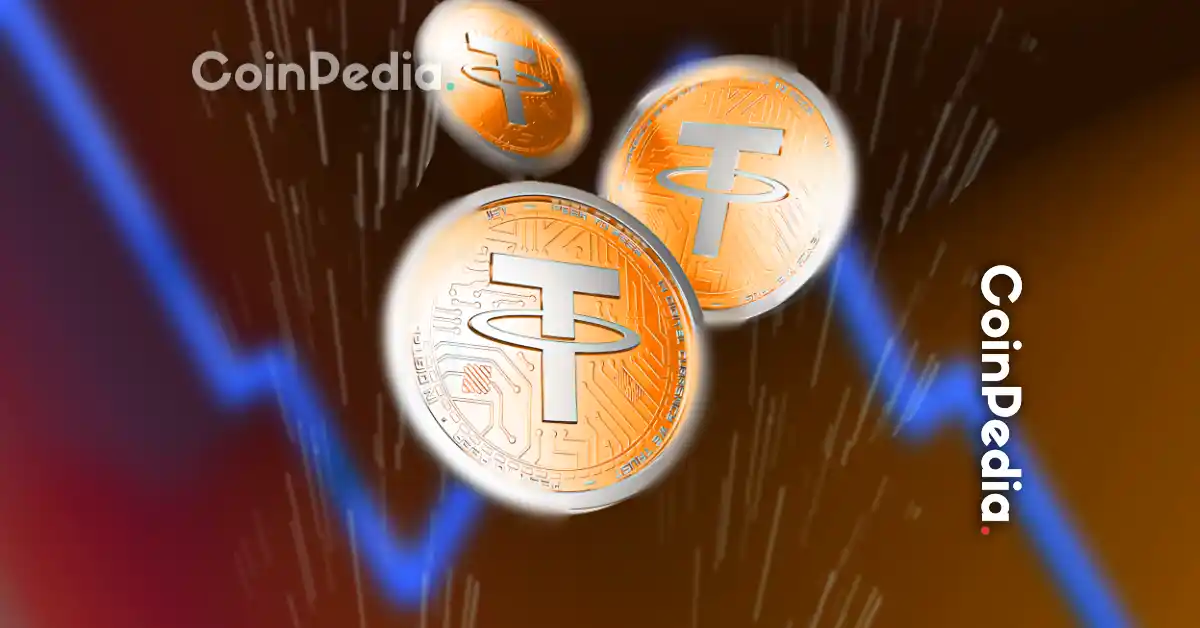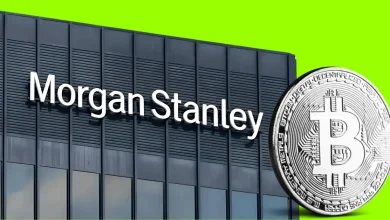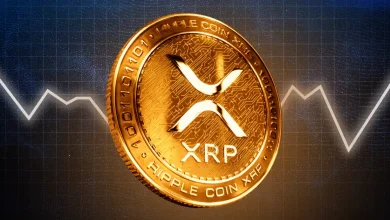
Tether mints $2B USDT on Tron amid missing audits and EU delistings; concerns grow over its reserve transparency and market dominance.
Analysts warn a sudden USDT collapse could trigger mass redemptions, exchange freezes, and DeFi failures; USDC and DAI seen as safer bets.
Tether (USDT), the world’s largest stablecoin with over $157 billion in market cap, is back in the spotlight — and not for good reasons.
An on-chain analyst has raised fresh concerns on X, exposing potential red flags that could shake crypto markets if ignored.
From a mysterious $2 billion mint on Tron to EU regulatory pressure and missing audits, the stablecoin giant is once again facing serious scrutiny.
Let’s break it down.
$2 Billion in USDT Minted on Tron—But Not Circulating?
According to CHAIN MIND, Tether recently minted $2 billion worth of USDT on the Tron network, labeling it as “authorized but not issued.”
What does that mean? The tokens were created but are not yet released into circulation—they’re sitting in Tether’s own vault.
The analyst suggests this might be a preemptive move to handle potential market volatility, especially if large redemptions hit during a sell-off.
If investors rush to cash out their crypto into USDT or redeem USDT for dollars, Tether can release this pre-minted stash quickly to maintain stability.
No Full Audit Yet? Tether’s Reserve Mystery
Tether claims every USDT is backed 1:1 by real assets like cash, U.S. Treasury bills, and short-term investments. But here’s the catch—no full independent audit has ever been released.
In 2021, the New York Attorney General found that Tether had misrepresented its reserves and fined the company $18.5 million.
Despite promises, transparency remains a big question mark. Without an independent audit, many in the community fear a hidden reserve gap could lead to a collapse.
MiCA Law Forces Tether Out of Europe
Europe is tightening the screws. Under the MiCA regulation, stablecoins like Tether must:
- Be licensed,
- Hold 60% of reserves in EU banks,
- Maintain full transparency,
- Fall under EU supervision.
Because Tether didn’t comply, major exchanges including Binance and Kraken have delisted USDT for European users.
This regulatory block limits USDT’s access to a huge market, and raises more questions about its global sustainability.
What Happens If Tether Collapses?
Tether dominates over 62% of the stablecoin market volume. A sudden depeg from $1 could cause:
- Massive redemptions,
- Exchange withdrawals freezing,
- DeFi protocol failures,
- A chain reaction similar to FTX or Terra’s collapse.
3 possible triggers for a USDT breakdown:
- A court order freezing assets,
- Losing banking partners (cutting off dollar flow),
- Solid proof that reserves don’t exist.
Any of these could spark a panic-driven bank run on Tether.
What Are the Alternatives?
If Tether does go down, what’s next?
CHAIN MIND suggests two stablecoins as safer alternatives:
- USDC – U.S.-regulated, regularly audited,
- DAI – Decentralized and overcollateralized.
However, he admits USDT still holds dominant liquidity, especially in Asia and emerging markets, making it tough to replace—unless disaster strikes.
Final Take
Tether isn’t collapsing today, but the risk is real. As CHAIN MIND warns: “It will happen suddenly—when it happens.”
The crypto community should stay alert and diversified, especially during volatile cycles where trust in stablecoins is everything.
Never Miss a Beat in the Crypto World!
Stay ahead with breaking news, expert analysis, and real-time updates on the latest trends in Bitcoin, altcoins, DeFi, NFTs, and more.
FAQs
Tether is under scrutiny due to a recent $2 billion “authorized but not issued” mint on Tron, persistent lack of a full independent audit, and new regulatory pressure from Europe’s MiCA law.
A Tether depeg could trigger massive redemptions, freeze exchange withdrawals, cause DeFi protocol failures, and lead to a cascading market collapse similar to FTX or Terra, due to its market dominance.
On-chain analysts suggest USDC (U.S.-regulated, regularly audited) and DAI (decentralized, overcollateralized) as safer alternatives. However, USDT still holds dominant liquidity, especially in Asia.
Trust with CoinPedia:
CoinPedia has been delivering accurate and timely cryptocurrency and blockchain updates since 2017. All content is created by our expert panel of analysts and journalists, following strict Editorial Guidelines based on E-E-A-T (Experience, Expertise, Authoritativeness, Trustworthiness). Every article is fact-checked against reputable sources to ensure accuracy, transparency, and reliability. Our review policy guarantees unbiased evaluations when recommending exchanges, platforms, or tools. We strive to provide timely updates about everything crypto & blockchain, right from startups to industry majors.
Investment Disclaimer:
All opinions and insights shared represent the author's own views on current market conditions. Please do your own research before making investment decisions. Neither the writer nor the publication assumes responsibility for your financial choices.
Sponsored and Advertisements:
Sponsored content and affiliate links may appear on our site. Advertisements are marked clearly, and our editorial content remains entirely independent from our ad partners.







